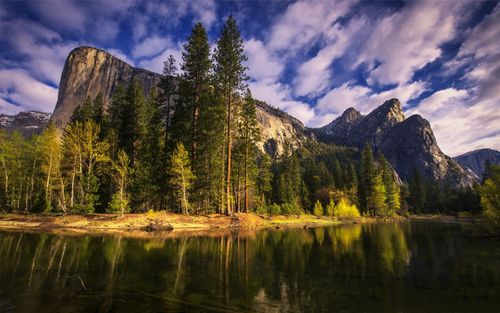The 1960s was a decade marked by social upheaval, political unrest, and cultural revolution. It was a time when the youth of America rebelled against the conservative values of their parents and created their own counterculture. This counterculture was expressed through various art forms, music, and fashion trends that were unique, experimental, and often controversial.
Art played a significant role in the counterculture of the 60s. It was a form of expression that allowed artists to challenge the status quo and voice their dissent. Pop art, with its bold colors, images, and messages, became a symbol of the counterculture movement. Artists like Andy Warhol, Roy Lichtenstein, and Claes Oldenburg created works that reflected the rebellious spirit of the times and were often seen as subversive and provocative.
Music was another key component of the counterculture of the 60s. It was a powerful tool for social change that brought people together and gave voice to their struggles. Rock and roll, which had been popular since the 50s, became a platform for bands like The Beatles, The Rolling Stones, and The Who to express their anti-establishment views. Folk music, with its emphasis on social justice and peace, was also an important genre in the counterculture movement. Icons like Bob Dylan, Joan Baez, and Pete Seeger used their music to inspire and empower a generation.
Fashion, too, played a role in the counterculture of the 60s. The fashion of the time was a rejection of traditional norms and values. It was colorful, playful, and often involved experimenting with new fabrics and designs. Bell-bottom pants, tie-dye shirts, and colorful headbands were all part of the counterculture fashion statement. The hippie look, as it was called, was also about embracing a more natural and bohemian lifestyle.
In conclusion, the counterculture of the 60s was a rich and diverse movement that expressed itself through various art forms, music, and fashion trends. It was a time of experimentation, rebellion, and social change. The legacy of the counterculture is still felt today, in the continued relevance of the artists, musicians, and fashion trends that emerged during that transformative decade.
(Note: Do you have knowledge or insights to share? Unlock new opportunities and expand your reach by joining our authors team. Click Registration to join us and share your expertise with our readers.)
Speech tips:
Please note that any statements involving politics will not be approved.
